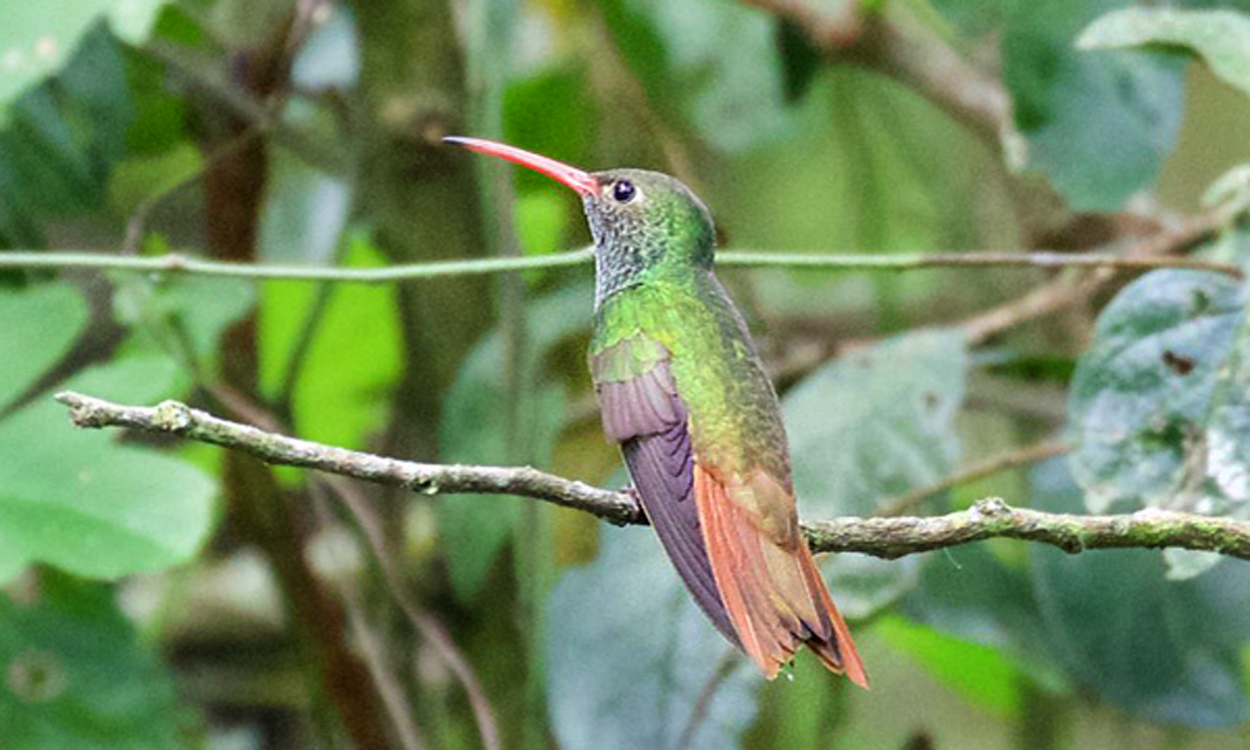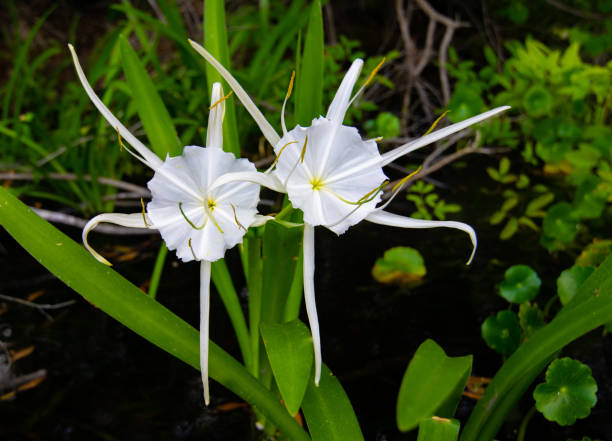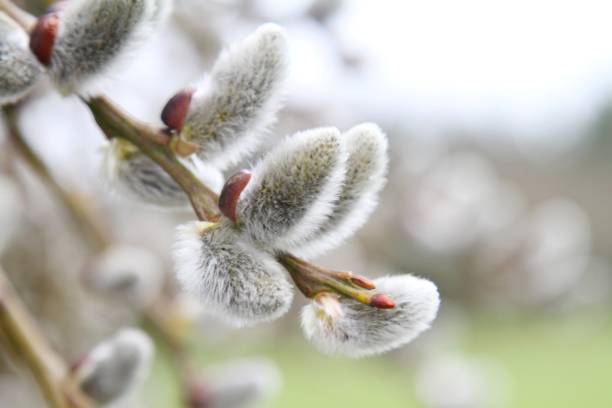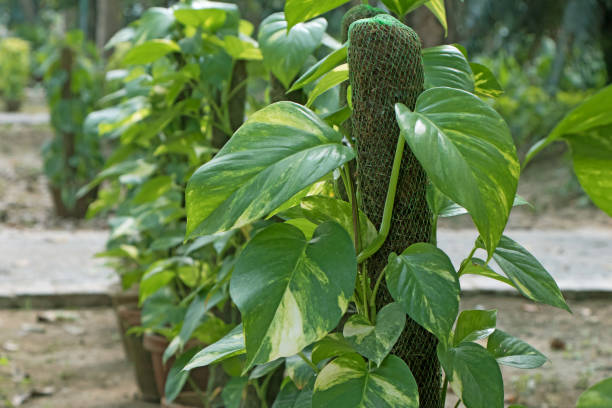When Do Hummingbirds Migrate?

Most people think, when do hummingbirds migrate? Well, these birds are some of the most highly expected backyard birds in North America. These small birds make the seasonal changes that can help backyard birders prepared to welcome them to and from their gardens, feeders, and yards.
Everyone loves to see hummingbirds in the backyard; however, they are not available during the year. Hummingbirds change the location during different times of the year, particularly migrating to the south. So, when do hummingbirds migrate south? Well, These birds start migrating to the south between August and September. Male hummingbirds start the migration around July. By September, Juvenile and females follow them on the migration journey.
About Hummingbird Migration
These birds are the smallest birds in the world, and hummingbirds can go hundreds or thousands of miles for migration. Also, there are more than 300 hummingbird species; only some of them regularly migrate. These birds from North America do migrate seasonally to Southern America. However, these birds migrate individually, and they do not travel in seasonal flocks. Hummingbirds migrate during the day, and they stay low in the air to watch for feeding opportunities.
Birders who have fed the hummingbirds for years quickly learn that these birds can be very predictable with the migration patterns.
When Hummingbirds Migrate
There are many factors that affect hummingbird migration and when exactly these birds set forth for the long journey. Moreover, the essential factor determining the timing of these bird migration is daylight—the sun’s angle and the amount of daylight relative to the bird’s location.
As the sunlight level changes seasonally, then these birds eat more purposefully, increasing the weight by 30 to 40 percent, when the hormones change to force them to gain weight. The extra fat will help them as energy for their long flight.
Some factors that influence when these birds migrate
- Natural Food Sources: These birds will move along their migration routes as the food sources disappear and appear. The essential food source is nectar-producing flowers. However, insects’ availability is also the factor that can affect when the hummingbird migrates and how fast they can travel. In springs, insects are the key food source for these bird hatchlings to get enough protein for healthy growth.
- Weather Patterns: Strong winds and local storms may impact hummingbird migration to a lesser degree by delaying the journey by one or two days. During the migration, these birds might be caught in the bird fallouts. Birds might hang out in a safe place for a week for better travel conditions during the poor weather.
- Age: Mature birds frequently start their migration earlier than younger birds. Juvenile birds take longer to build up their maturity and strength before setting forth on the long journey. Hummingbirds that hatched earlier in the year might migrate slightly earlier as well, compared to young laid later in the breeding season.
- Bird Sex: Some of these species, like the ruby-throated hummingbird, male birds migrate some days before female birds. This gives the males some time to make the territories so they can welcome the females at the beginning of the breeding season. These birds follow the same pattern for migration in the winter season also.
- Total Migration Distance: The further birds have to migrate, the sooner they start the journey. For example, the rufous hummingbird has the longest migration of any of the hummingbird species. Traveling between Alaska and Mexico–and might being migrating long before another hummingbird species are traveling.
In springs, these birds might be flying north as early as January, taking some months to travel to the breeding grounds and arriving by May at the northern parts of the range. In the fall, hummingbirds begin to migrate as early as July, but many of these birds do not begin their southern part movements until late August or September.
Helping Migrating Hummingbirds
Garden birders can take many steps to help to migrate these birds. It is one of the most common myth is that feeding hummingbird which will prevent them from migrating. In fact, birders put their hummingbird feeders up early in the spring and keep them up late in the fall, so the birds have the ready food source no matter how local flowers are blooming.
Here are some ways to help to migrate hummingbirds include:
- Planting some flowers to attract these birds with the natural food source, which includes both late and early blooming flowers for ample nectar in the fall and spring.
- During spring migration, giving nesting materials for breeding these birds to easily and quickly build nests to raise their young ones.
- Taking some steps to keep these birds nectar from freezing in the late fall, so it is available to late migrating hummingbirds.
- Supporting habitat preservation and conservation initiatives in hummingbird’s winter grounds so that they will have secured territories on both ends of migrations.
Final Words
Knowing when hummingbirds migrate gives an opportunity to birders the migration timeline to anticipate when hummingbirds will see these beautiful birds. Moreover, taking steps to help them will make sure the successful migration for the generation of these birds to come.
Also, if you love to watch birds, then check out the best wild Ohio birds to see. If you find this information useful, drop a comment below this section.






